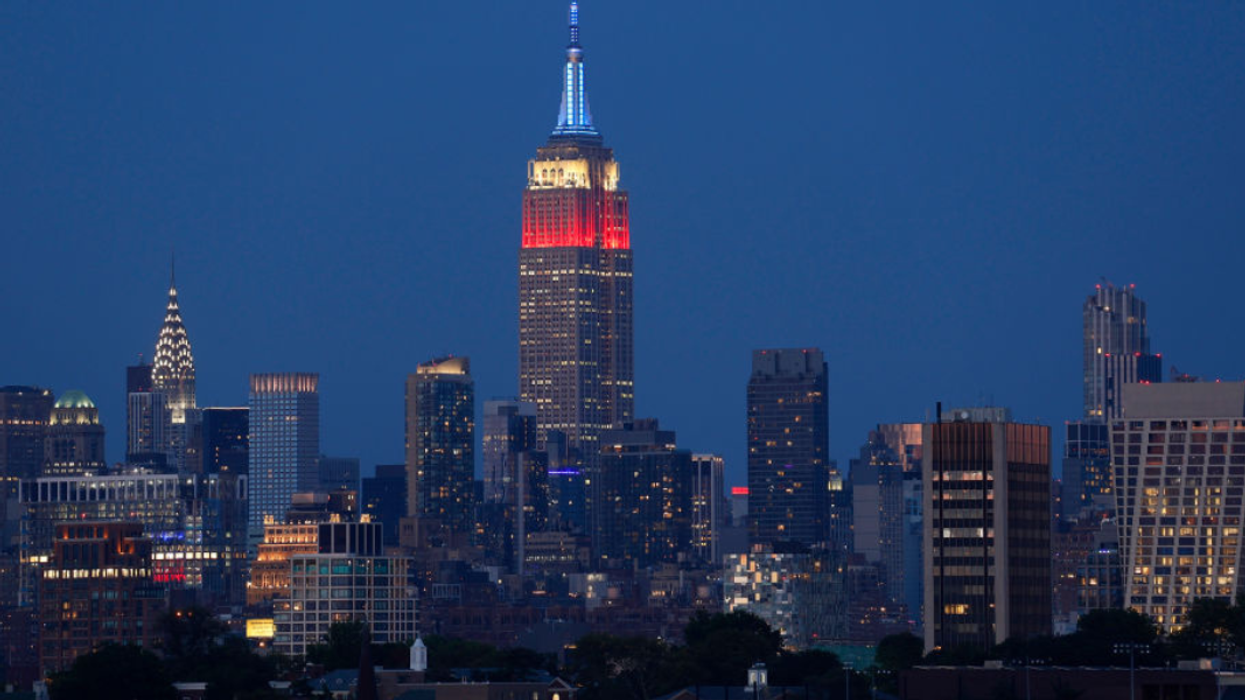Audi Hecht is the Director of Education and Innovation at Civic Spirit.
Labor Day provides one final chance to savor the expansive joys of summer. Established as a day to celebrate the contributions of American workers and trade unionists, it became a federal holiday in 1894 after securing homage in many states across the nation. When contemplating Labor Day's modern significance through a 21st-century lens, a multitude of avenues for exploration becomes apparent.
First and foremost, it's essential to understand the evolving landscape of work in America. The origins of Labor Day coincide with the introduction of the Omaha Platform in 1892. This platform proposed a comprehensive set of political and economic reforms in response to the extensive challenges emanating from rapid industrialization and urbanization, including injustices in labor practices and political corruption. The ideas put forth by the Populists during this time found fuller expression in the Progressive era, setting the stage for increased governmental oversight of industries and a profound shift in the national perspective regarding government intervention. This shift aimed to ensure that working conditions were no longer solely subject to the arbitrary choices of individual enterprises. Instead, it established benchmarks for fundamental working conditions, such as protective legislation for women, a ban on child labor, the creation of the Federal Department of Labor, and laws setting work hours and conditions. As a result, while some might envy the plush work environment and benefits provided to Google employees, the inhumane working conditions that workers around the world sadly endure are no longer acceptable within the United States.
The trajectory of work has been reimagined over the next century, creating transformative effects such as the development of the Rust Belt in areas of the Midwest and Northeast. The regional decay of once vibrant industrial hubs in the United States and the outsourcing of many work sectors led to the decline of these factory towns and gave rise to a substantial portion of the U.S. electorate who felt left out and left behind. Within these communities, there's a strong desire for acknowledgment of their challenges and proposals to rejuvenate their ailing townships and bolster morale. Nostalgia for an era when "Made in the USA" held more prominence than it does in today's globalized work environment serves to accentuate the contrasts and emerging realities.
Welcomed or not, the global pandemic reimagined the workspace in monumental ways, redefining where and how we work. The shuttering factory of yesteryear gave way not only to replacing the company cubicle with home work spaces but to the ways we think about being present at work and engaging with colleagues. Furthermore, it has catalyzed the emergence of a novel category of working professionals, a concept first introduced by author and sociologist Rosalind Williams. In her work "Retooling: A Historian Confronts Technological Change," Williams highlights the ascent of what she terms the "laptop class.” This category enjoys enhanced mobility and autonomy, granting them increased control over various aspects of work, work-life balance boundaries, and work culture. A study conducted by Pew Research in March 2023 found that 35% of U.S. workers are now working from home consistently, with 71% affirming that it has positively influenced their work-life balance. In contrast, 61% of U.S. workers lack the option to work remotely. This discrepancy highlights a societal divide concerning access to specific working arrangements and expands the conversation and implications on opportunities and access afforded to American workers.
As the Director of Education and Innovation for Civic Spirit, a non-partisan civics organization working with schools across faith traditions, teaching about the role of work in our nation’s history raises many topics for study, such as the progression of workers' rights, including efforts to secure equal pay for women amidst evidence of gross disparities, the impact of technological advancement, and the changing political realities in a converging business world to name a few. Cultural shifts and rifts often give rise to new challenges and promise. How do they bring new life to foundational freedoms, and do these changing realities propel a nation to think about securing them for all?
As we wave goodbye to the freshness of the summer aura this Labor Day, let us refresh our thought paradigms about work, its meaning, and the opportunities for progress they welcome.


















